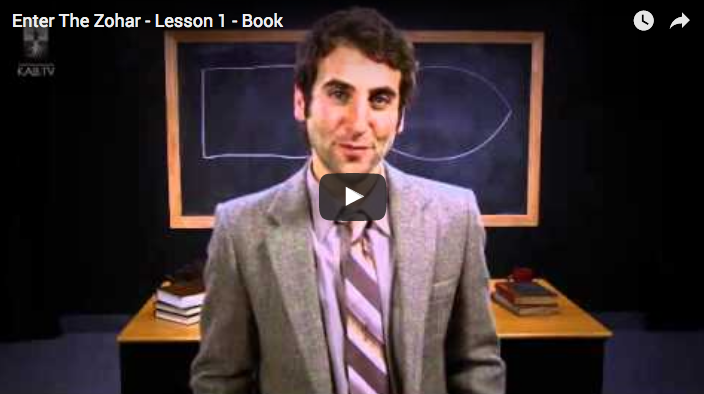What is the book of Zohar? Where did it come from? What for? And how can we begin to grasp what is written there?
In order to find answers to these questions, we first need to understand some basics of Kabbalah and how it relates to reality.

If you feel that enough is enough, it’s about time you really understood what the Zohar is all about – you are in the right place. As you go through each lesson, you will gain greater confidence and understanding of what the Zohar is, why it was written, by who, and how to maximise the spiritual benefit derived from reading it. By the end of the course you will have a solid foundation upon which to explore further.

What is the book of Zohar? Where did it come from? What for? And how can we begin to grasp what is written there?
In order to find answers to these questions, we first need to understand some basics of Kabbalah and how it relates to reality.
The Book of Zohar contains many descriptions and concepts that we are familiar with from our world, such as “sea,” “mountains,” “trees,” “flowers,” “animals,” “people,” and “journeys.” It is important to understand that all those details, images, and events mentioned in the book do not speak of the outside world around us, but only about what occurs within us.
In this lesson we will delve into the “language of branches” and see why the Zohar was written specifically in the way it was.
Who’s reading? This might appear obvious – But in fact it is one of the most important deepest questions that we need to clarify.
Since the Zohar is a method of transforming ourselves, we should first understand who we are, how we currently perceive reality – and where is it that we want to get to.
Who wrote the Zohar? When? And most importantly – Why?
This lesson will delve into the history of the Zohar and why it was concealed for so long. We will zoom in on the significant contributions of 3 great Kabbalists: Rabbi Shimon Bar-Yochai (Rashbi), Isaac Luria (the Holy Ari) and Rabbi Yehuda Leib HaLevi Ashlag (Baal HaSulam).
It is said that ‘the secrets of zohar are hidden behind a thousand locked gates’ – but that’s only so if you look at it from the outside. The Zohar addresses a single person, everything is inside that person, and because of the law of equivalence of form – there are no locks, no gates, and no secrets.
This lesson will delve into “the law of equivalence of form” – we will begin to uncover how through this law, the Zohar can help us build a second nature with which we can perceive the Creator, the general law of Nature.
If my very nature is the will to receive, how could it ever be possible to truly reach an unconditional desire to give?
After all, if we could do this we would break through that iron wall which separates between us and the higher level of nature.
For this predicament, there are two practical tools described in the Zohar that we can use to work above our nature:
The first is called “the screen” or “the work in three lines” – and this will be the focus of this lesson.
“The rule, “Love thy friend as thyself” is not a moral law that aims to force us to love other people. It is rather a means by which we connect the whole of reality to ourselves.” – Unlocking the Zohar, Chapter 5
Love your friend as yourself – What does it mean? What has it got to do with the Zohar?
In the previous lesson we outlined the screen (i.e the intention, the work in three lines) as being the first tool to help us rise above our nature and come to sense the upper world. However it can only work when used together with the second tool – which is called ‘love your friend as yourself’. Enter the lesson to learn more.
Finished the course but still eager to learn more? Not sure where or what? This page will help steer you in the right direction.